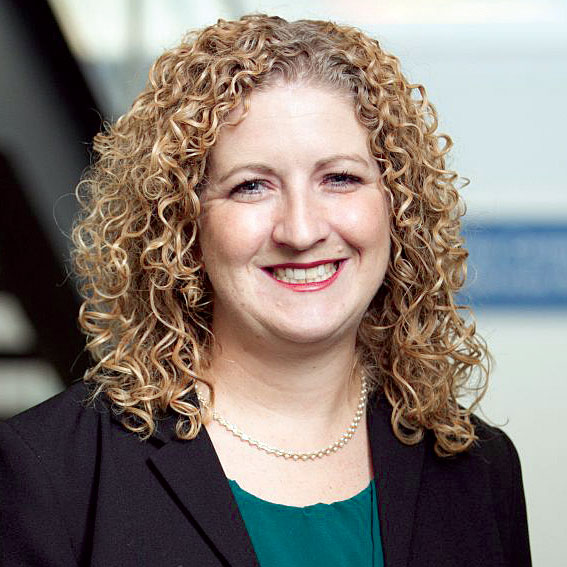
The second phase of a major study into a new nursing home care model is going to check whether adding a financial incentive for certain conditions can cut rehospitalization rates.
The investigation is part of the second phase of the Indiana University Center for Aging Research’s ongoing OPTIMISTIC innovation model, which embeds clinicians in the nursing home to manage chronic conditions.
In the first phase, without financial incentives, readmissions plummeted by 33%
Researchers will be studying outcomes at 40 Indiana nursing homes to see if rehospitalizations can be cut even further, Indiana University announced in early October.
“Phase Two of OPTIMISTIC removes financial barriers to keeping people in nursing homes where they can be treated safely in place,” said the Regenstrief Institute’s Laura Holtz, senior research manager of the project.
She said that more than three times as many nursing homes as could be accommodated applied to be part of OPTIMISTIC’s second phase.
Nursing homes taking part will be reimbursed for onsite treatment of the six conditions most commonly linked to unnecessary rehospitalizations for nursing home residents: pneumonia, urinary tract infections, congestive heart failure, dehydration, skin ulcers and chronic obstructive pulmonary disease.
OPTIMISTIC stands for Optimizing Patient Transfers, Impacting Medical Quality and Improving Symptoms: Transforming Institutional Care.
It was first implemented in 2012 and will receive more than $30 million in CMS funding through the Initiative to Reduce Avoidable Rehospitalizations Among Nursing Facility Residents by 2020.
From the November 2018 Issue of McKnight's Long-Term Care News



